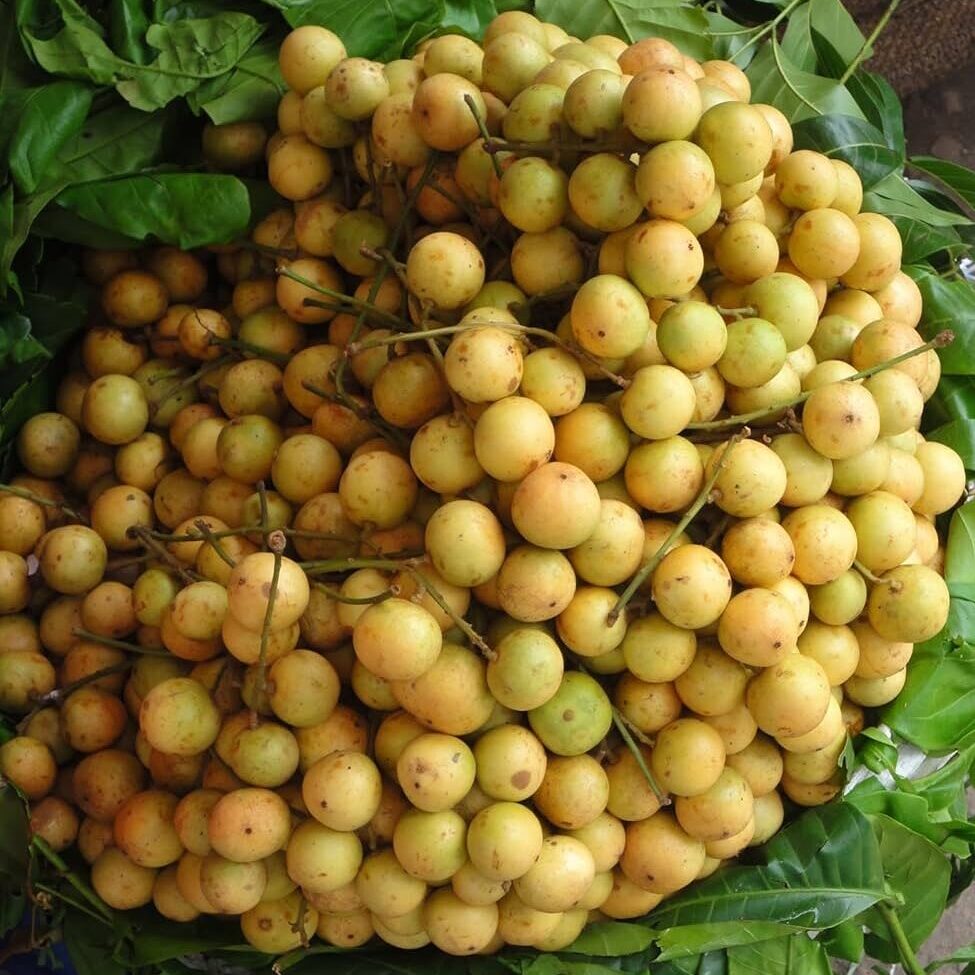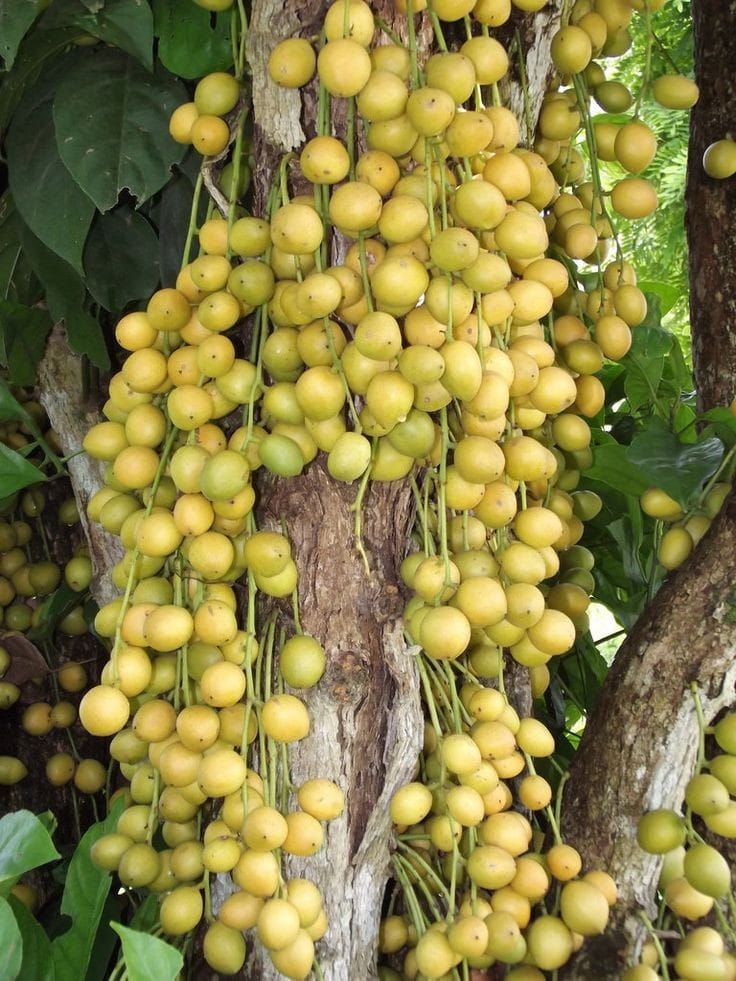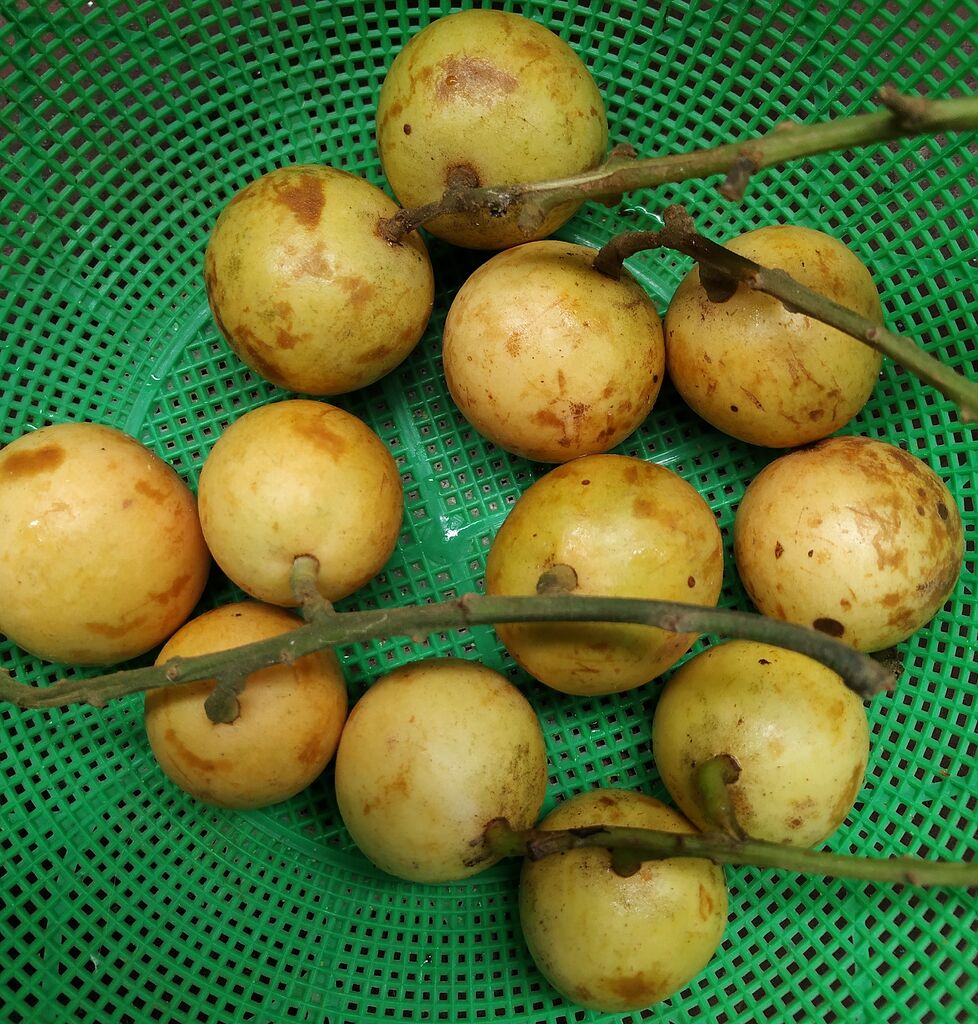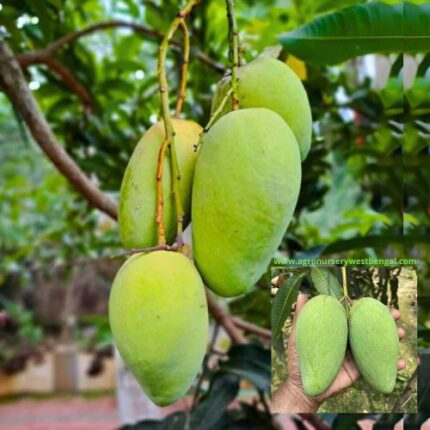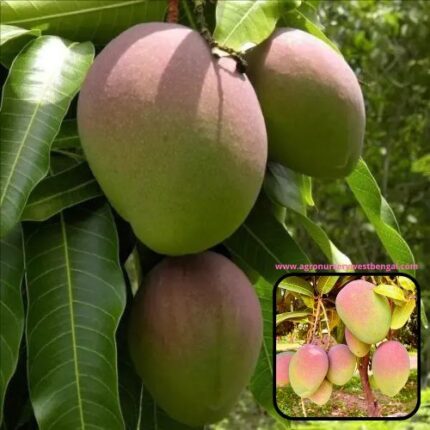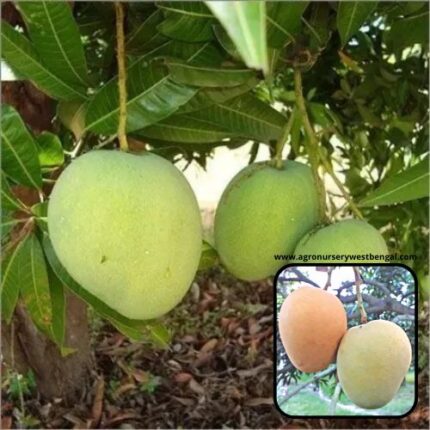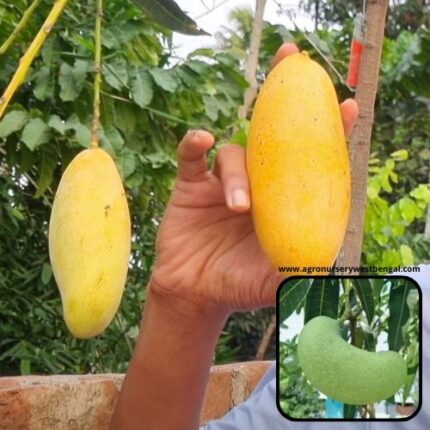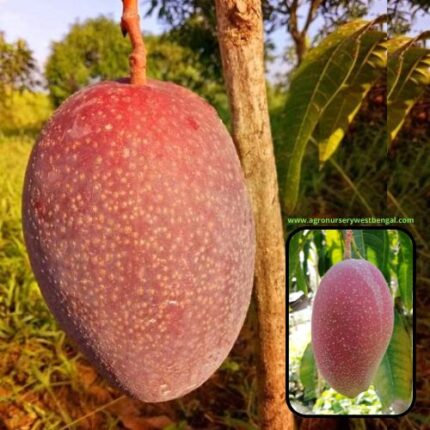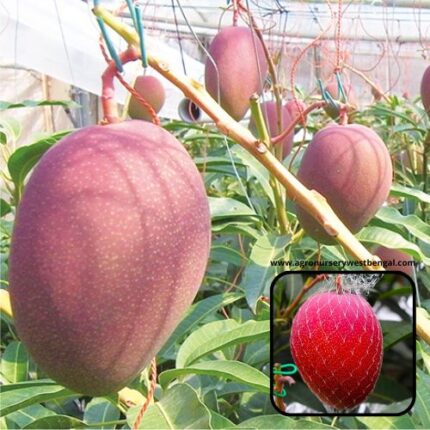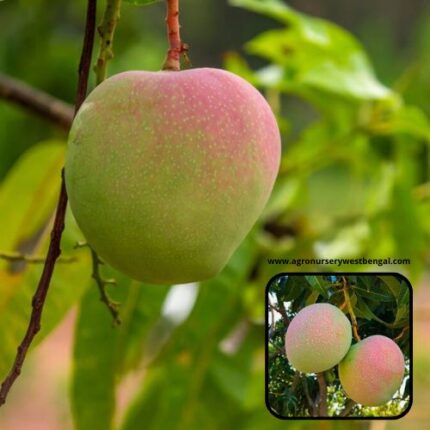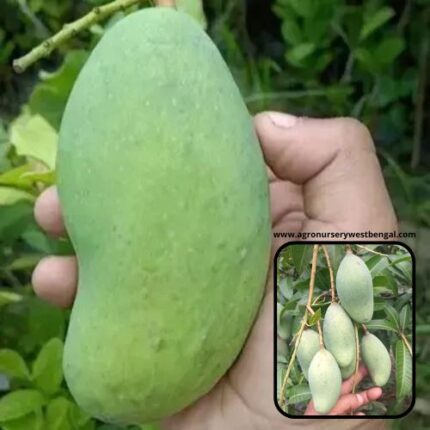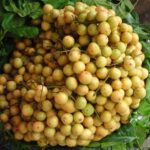
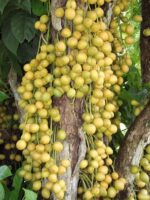
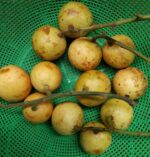
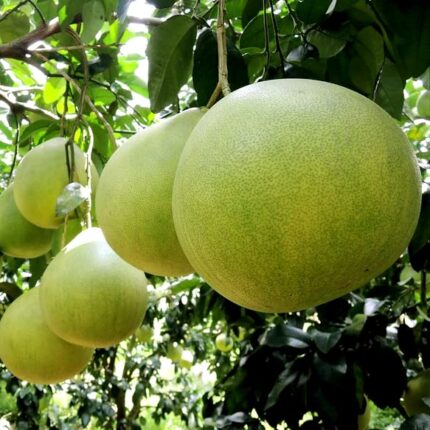
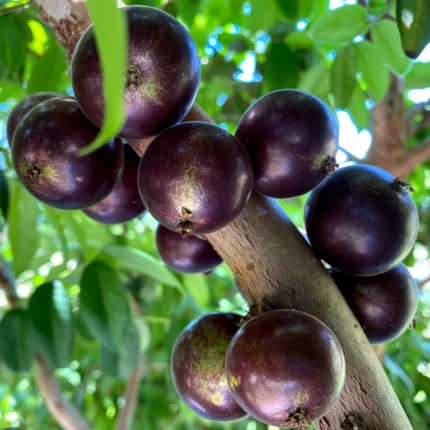
Latkan fruit plants
₹2,599 Original price was: ₹2,599.₹1,699Current price is: ₹1,699.
“Latkan” is a popular fruit in Bangladesh and parts of Northeast India (like Tripura and Assam), often known scientifically as Baccaurea ramiflora (though sometimes Baccaurea motleyana is also referenced, it’s generally B. ramiflora for the commonly consumed variety). It’s also known by various regional names like “Burmese Grape” in English, “Leteku” in Assamese, and “Bubi” or “Lotkon” in Bengali.
Here’s a detailed description of the Latkan fruit:
-
Appearance:
- Shape and Size: Latkan fruits are small, typically round to ovoid, measuring about 2-5 centimeters (0.8-2 inches) in diameter. They grow in dense, hanging clusters directly from the trunk and older branches of the tree, a phenomenon known as cauliflory, which makes the fruit display quite striking.
- Skin (Rind): The skin is thin, velvety or slightly fuzzy, and rather tough. It starts green when unripe, then ripens to a vibrant yellow, orange, or sometimes a pinkish-red to purple color. The skin tends to wrinkle slightly when fully ripe.
- Internal Flesh: When you peel or break open the fruit, you find a translucent, juicy, and often whitish to pinkish-white aril (the fleshy covering of the seed). This aril is the edible part.
- Seeds: Each fruit contains 2 to 5 relatively large, flat, purple-red seeds encased within the aril. These seeds are generally discarded.
-
Taste and Texture:
- Taste: The taste of Latkan is a delightful balance of sweet and tangy (sour), with a unique tropical flavor. The exact balance can vary based on ripeness and the specific tree or cultivar; some can be quite tart, while others are predominantly sweet. It’s often described as refreshing.
- Texture: The aril is juicy and succulent, with a consistency that can be compared to a lychee or longan, though perhaps a bit firmer or slightly more fibrous in some varieties.
-
Botanical Characteristics and Origin:
- Latkan grows on a slow-growing, evergreen tree that can reach heights of 9-25 meters (30-82 feet). The tree has a spreading crown and thin bark.
- It is native to Southeast Asia and parts of the Indian subcontinent (including India, Bangladesh, Myanmar, Thailand, Malaysia, and Nepal).
- The species is dioecious, meaning male and female flowers grow on separate trees. Both types of flowers are fragrant. For fruit production, both male and female trees are generally needed, though some cultivated varieties might be more self-fertile.
- It prefers warm, humid, tropical climates and often thrives in the shade of larger trees, making it suitable for agroforestry.
-
Seasonality:
- In its native regions, Latkan typically fruits during the monsoon season, with harvests often occurring from June to August/September. This makes it a popular summer fruit in Bangladesh and Northeast India.
-
Nutritional Value and Health Benefits:
- Latkan is considered a nutritious fruit. It’s a good source of:
- Vitamin C: Excellent for boosting immunity and overall health.
- Dietary Fiber: Aids in digestion and promotes gut health.
- Various minerals like iron, potassium, calcium, chromium, and magnesium. Iron is particularly noted for blood and bone formation.
- Antioxidants.
- It’s often consumed for its refreshing quality and is believed to have various health benefits, including aiding digestion and relieving nausea.
- Latkan is considered a nutritious fruit. It’s a good source of:
-
Culinary Uses:
- Fresh Eating: The most common way to enjoy Latkan is fresh, directly after peeling the outer skin.
- Beverages: The juicy pulp can be used to make refreshing drinks, juices, and sherbets.
- Jams, Jellies, and Preserves: Its sweet-tart flavor makes it excellent for jams, jellies, and other preserves.
- Chutneys: Can be used to prepare tangy chutneys, especially the more sour varieties.
- Souring Agent: Unripe fruits can be used as a souring agent in some local curries or stews.
- Wine: In some regions, it’s used to make fruit wine.
Latkan is a cherished fruit in its native range, valued for its unique appearance, refreshing taste, and versatility in culinary applications, especially during the hot and humid monsoon months.

